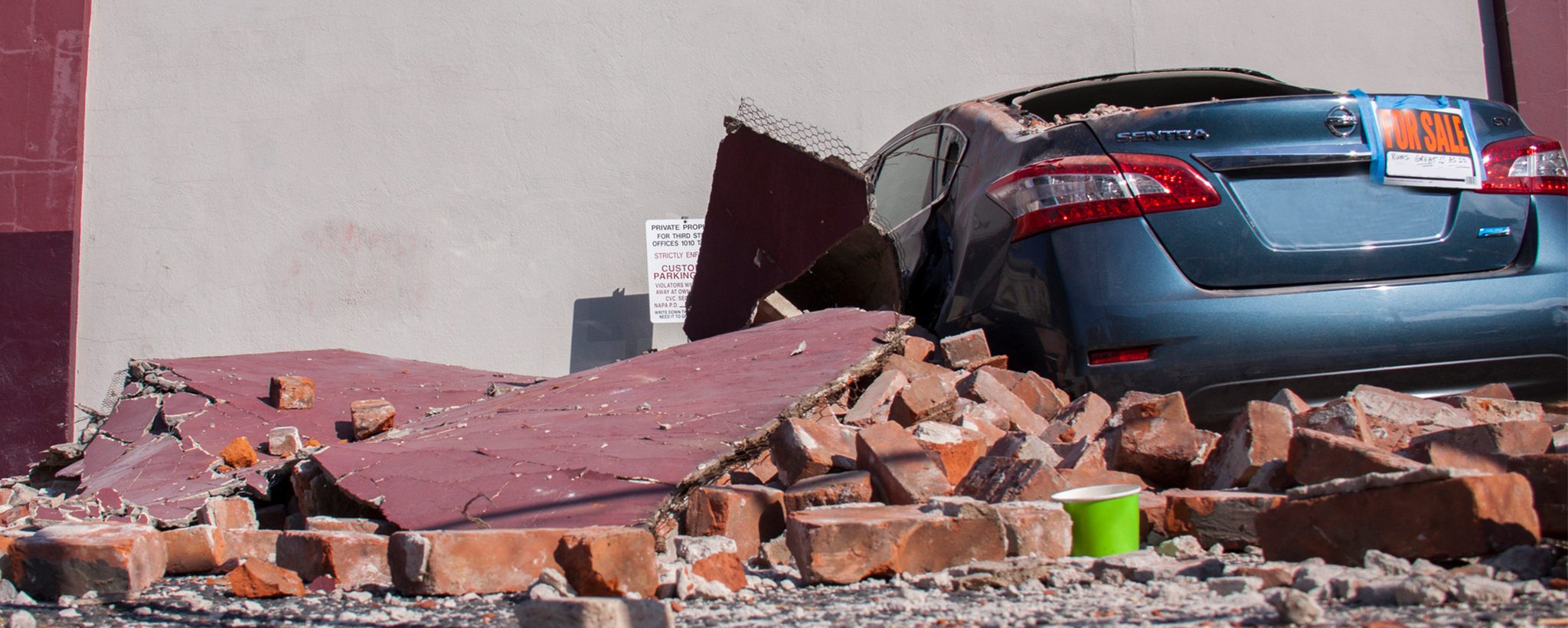The Earth is a dynamic globe with activity in the oceans, the atmosphere, and the solid Earth itself. This course examines earthquakes, which are a dramatic example of solid Earth action.
You’ve undoubtedly heard about how powerful earthquakes can be from newspapers, television, or personal experience. Earthquakes have wreaked havoc on cities and killed a quarter of a million people in a few minutes.

We never know when or if an earthquake will strike, and we never know how badly we will be affected if one does. So, in order to cover as many bases as possible, below are some crucial survival safety advice.
-
The Immediate reactions to an Earthquake
DROP down onto your hands and knees before the earthquake knocks you down. This position protects you from falling but allows you to still move if necessary .COVER your head and neck (and your entire body if possible) underneath a sturdy table or desk. If there is no shelter nearby, get down near an interior wall or next to low-lying furniture that won’t fall on you, and cover your head and neck with your arms and hands. HOLD ON to your shelter (or to your head and neck) until the shaking stops. Be prepared to move with your shelter if the shaking shifts it around.
-
If You Are Inside
If possible, step away from glass, hanging objects, bookcases, china cabinets, or other large furniture that could fall within the few seconds before the shaking worsens. Keep an eye out for falling items like bricks from fireplaces and chimneys, light fixtures, wall hangings, high shelves, and cabinets with swinging doors.
Grab something to shelter your head and face from falling debris and broken glass if it’s close.

If you’re in the kitchen, turn off the stove and seek shelter as soon as the ground begins to shake.
If you’re in bed, grasp on and stay there, using a pillow to cover your head. Staying put means you’re less likely to get hurt. If you walk or slide onto broken glass on the floor, you may get injured.
-
If Outside
Attempting to outrun the earthquake is a bad idea. It’s impossible, and you must remain cool and level-headed. Do not seek shelter inside a structure. Outside is the place to be. If at all feasible, get into an open place away from houses and trees.
Consider the dangers of a panicked crowd if you’re in a crowded public venue. Try to find a place to hide where you won’t be crushed.
Be cautious of electrical lines that have fallen or gas mains that have broken.

-
If You Are In A Crowded Area
Do not rush to the exits. Others will have the same thought as you.
Keep a safe distance from display shelves with potentially dangerous objects.
Take cover and grab something to protect your head and face from falling debris and glass if you can.
-
If In A Moving Vehicle
Pull over to a safe spot where you won’t be obstructing traffic.
Avoid any bridges, overpasses, or other structures that can collapse.
Any advice from emergency officials should be broadcast on your car radio.
If there are downed electrical wires near you, don’t try to get out of your automobile. Stay in your vehicle and wait for help. If you require assistance, display a HELP sign on your window.

Conclusion
It’s also a good idea to be prepared and have an emergency plan in place in case of an earthquake or other natural disaster.
For example, you may designate a safe location for your family to reunite in the event that you lose touch during the crisis, or appoint an out-of-town friend to serve as a central point of contact in the event of an emergency. Waterproof containers can also be used to keep crucial family documents such as birth certificates, passports, and insurance policies.
Earthquakes may not seem like a common occurrence, but it’s never a bad idea to be prepared for the unexpected.
Also Read : How To Escape A Quicksand Or Swamp
